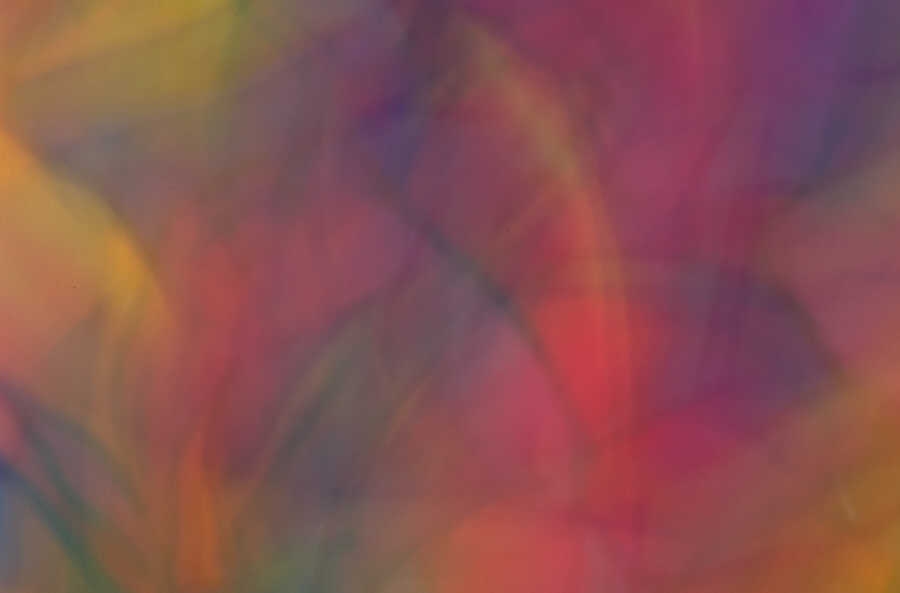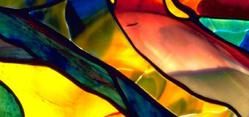Mid 20th. Century African American Art (Part-C)
by albert hudson on 11/16/13
After the Second World War, some artists took a global approach, working
and exhibiting abroad, in Paris, and as the decade wore on, relocated gra-
dually in other welcoming cities like Copenhagen, Amsterdam, and Stock-
holm: Barbara Chase-Riboud, Edward Clark, Harvey Cropper, Beauford
Delaney, Herbert Gentry, Bill Hutson, Clifford Jackson, Sam Middleton,
Larry Potter, Haywood Bill Rivers, Merton Simpson, and Walter Williams.
Some African-American artists did make it into important New York gal-
leries by the 1950s and 1960s: Horace Pippin, Romare Bearden, Jacob
Lawrence William T Williams, Norman Lewis, Thomas Sills, and Sam
Gilliam were among the few who had successfully been received in a
gallery setting.
The Civil Rights Movement of the 1960s and 1970s led artists to capture
and express the times and changes. Galleries and community art centers
developed for the purpose of displaying African-American art, and col-
legiate teaching positions were created by and for African-American artist.
By the 1980's and 1990s, hip hop graffiti became ppredominate in urban
communities. Most major cities had developed museums devoted to Afri-
can-American artists. The National Endowment for the Arts provided
increasing support for these artists.
Important collections of African-American art include the Walter O.
Evans Collection of African-American Art, the Paul R. Jones collec-
tions at the University of Delaware and University of Alabama, the
David C. Driskell Art collection, the Harmon and Harriet Kelley
Collection of African-American Art, the Schomburg Center for
Research in Black Culture, and the Mott-Warsh collection.






